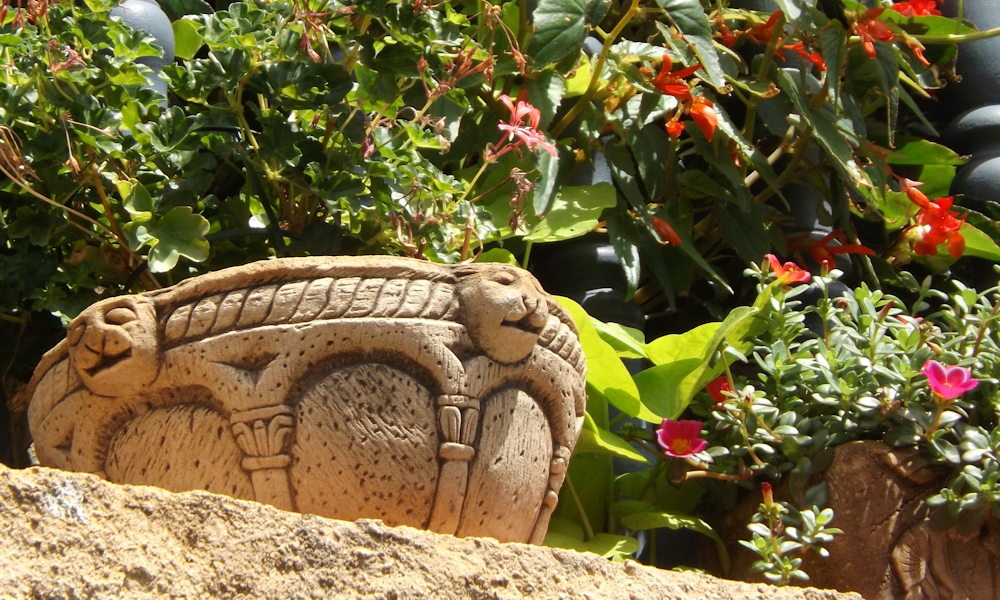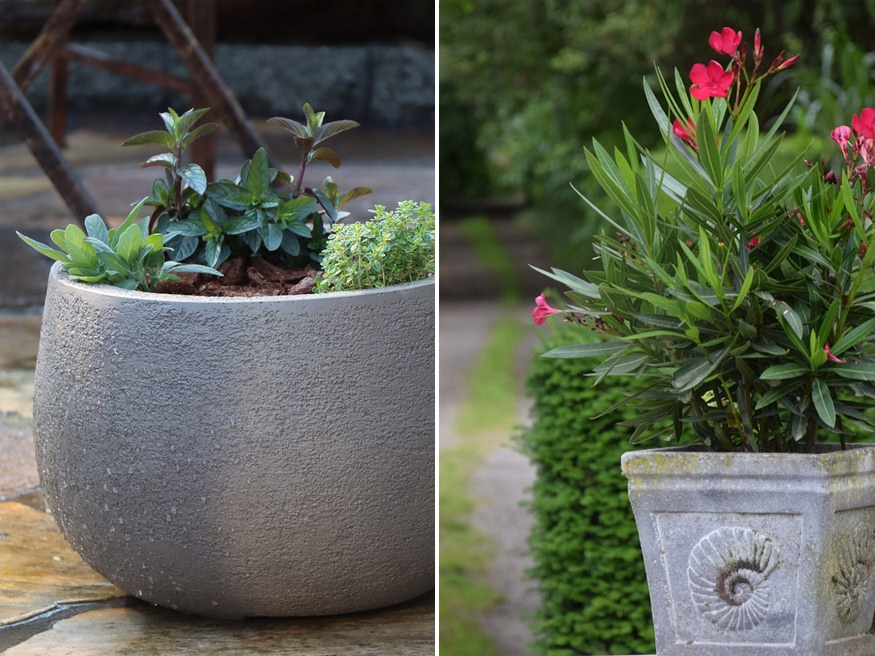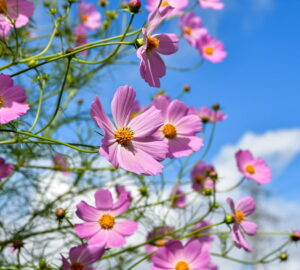Potted plants on the balcony, terrace or in the garden need special attention during the summer heatwave. The roots of these plants live in relatively small spaces, causing the soil to dry out more easily. They are much more dependent on you, and missing one or two waterings can be fatal. However, there are several steps you can take to help them thrive even on the hottest, driest days.
Ready to ensure your potted plants beat the heat and flourish? Let’s dive into the top strategies to keep them thriving, starting with selecting the right varieties.

1. Opt for Varieties That Tolerate Heat and Drought
It’s best to choose varieties and species that don’t suffer in hot, water-poor periods. These include:
- Butterfly Flower (Schizanthus): Known for its orchid-like flowers, it thrives in full sun.
- Cacti and Succulents: Store water in their leaves, making them ideal for dry conditions.
- Citrus Trees: Prefer sunny, dry environments and produce fragrant blossoms.
- Geraniums: Resilient and colorful, they thrive in sunny, dry conditions.
- Halimium: Similar to rock rose, it has bright flowers and is drought-resistant.
- Ivy: Hardy and adaptable, it tolerates a range of conditions.
- Lavender: Known for its fragrant flowers and drought-tolerant nature, lavender is a popular choice for sunny locations.
- Leander (Nerium oleander): Enjoys full sun and is highly drought-resistant.
- Petunias: Vibrant and heat-tolerant, perfect for sunny spots.
- Mediterranean Herbs (Sage, Thyme, Oregano, Rosemary): Thrive in hot, dry climates.
- Olive Tree: Prefers full sun and well-drained soil.
- Osteospermum (African Daisy): Blooms in full sun and dry conditions.
- Rock Rose (Cistus): Drought-tolerant with colorful flowers.
- Verbena: Heat-loving with vibrant clusters of flowers.
- Yucca: Resilient and striking, yucca plants are well-suited to hot, arid conditions and can add a dramatic focal point to any garden or landscape.
2. Upsize for Thirsty Roots
One common mistake is using too small a pot, which can’t absorb and hold enough water for the roots. The bigger the pot, the better it is for water retention. If you find yourself watering too often, consider repotting. Larger pots also provide more stability and are less likely to be toppled by wind. Repotting can be done in mid-summer; choose a cloudy day or evening and protect the plants from strong sunlight for a few days afterwards.

3. Choose Water-Wise Pots
While terracotta pots are beautiful, they allow for high evaporation. Glazed clay pots retain water better and are also visually appealing. They are a more practical choice than plastic pots, which tend to heat up more.
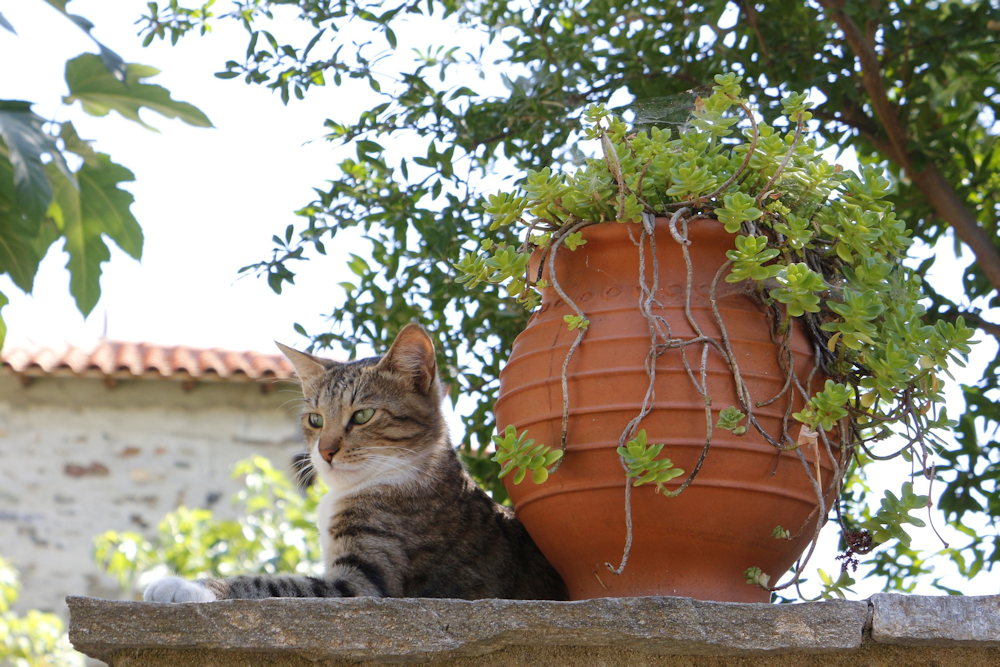
4. Master the Art of Summer Watering
On very hot days, water your plants twice a day, preferably with standing rainwater in the morning and evening. Water the root ball rather than the leaves. A saucer under the pot can help prevent water from draining away too quickly. In rainy weather, be sure to empty excess water from the saucer to avoid waterlogging. A simple trick to keep plants hydrated is to use a PET bottle with the bottom cut off and the cap removed. Place it upside down in the soil so it doesn’t tip over, and it will gradually release water to the plant.
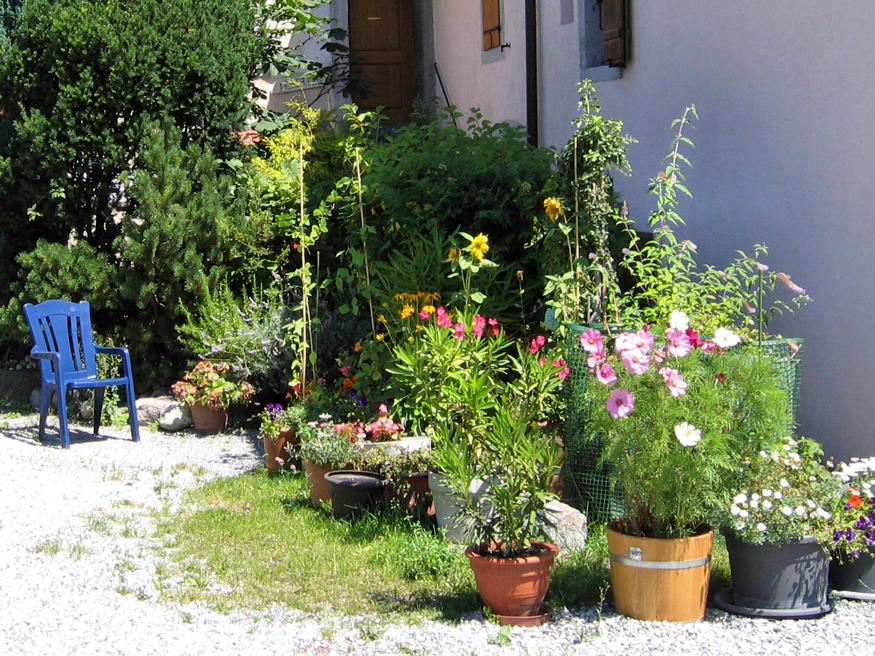
5. Invest in Premium Potting Mix
The quality of the substrate greatly affects water and nutrient retention. Invest in good quality, branded potting mix, which offers better stability and storage capacity.

6. Mulch Magic for Moisture Retention
Mulch isn’t just for garden beds – it works well in pots too. A 3-5 cm (1-2 inches) layer of wood chips or straw can help maintain a moist soil environment. Avoid bark mulch, as it can acidify the soil.
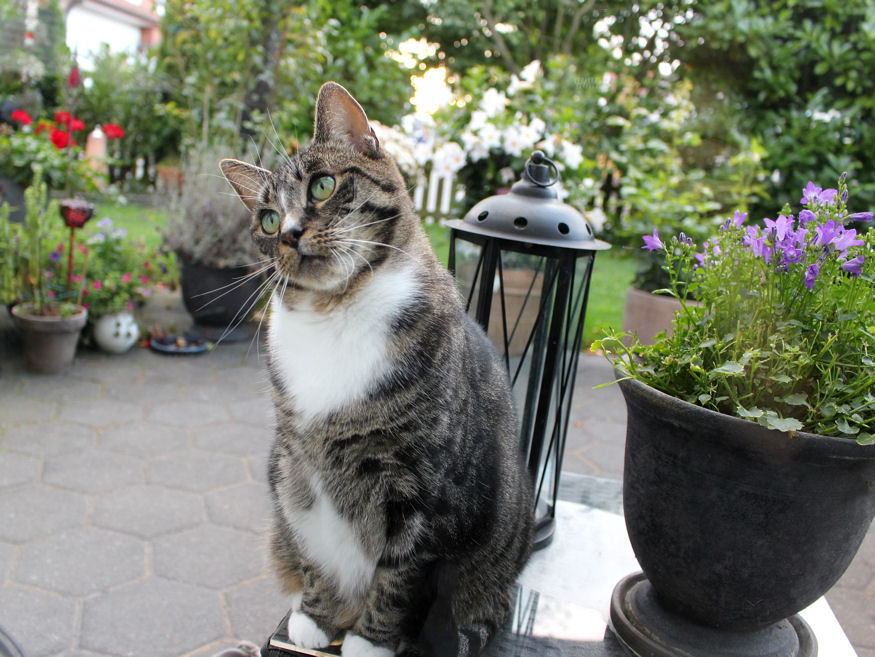
7. Shade Your Pots Strategically
Shading the base of your pots can help prevent overheating. Plant low-water-demanding ground cover plants, such as white alyssum, or bluebells as understory plants. Sometimes drooping leaves are a sign of overheating, not drying out. If your plants are wilting despite moist soil, move them to a shadier spot.
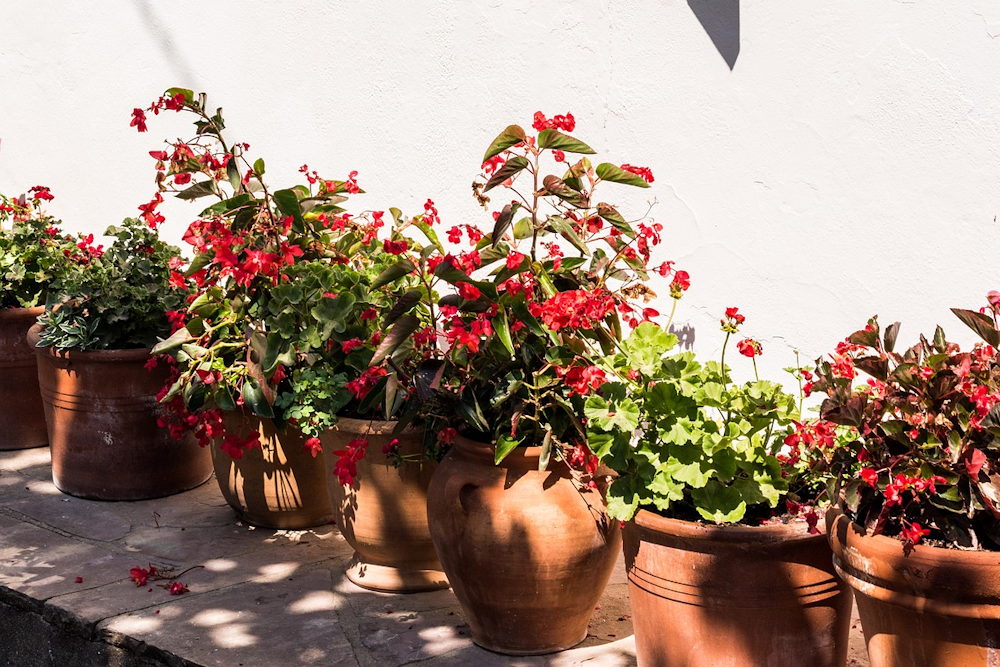
8. Use Self-Watering Pots
Self-watering pots are an excellent solution for hot weather. These pots have a reservoir at the bottom that provides a constant supply of water to the plant roots, reducing the need for frequent watering and ensuring the plant gets a steady supply of moisture.

9. Group Plants Together
Grouping potted plants can create a microclimate that helps retain humidity and reduces the overall heat stress on each plant. Place the most heat-sensitive plants in the center, where they will be more protected.
By following these tips, you can ensure that your potted plants remain healthy and vibrant throughout the hot summer days. Happy gardening!



